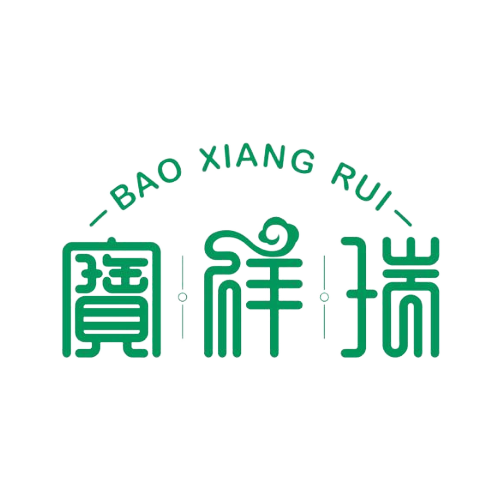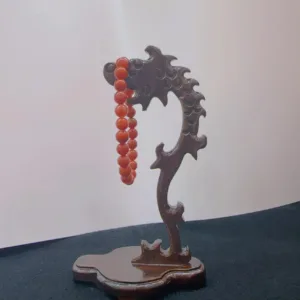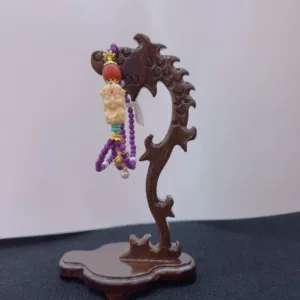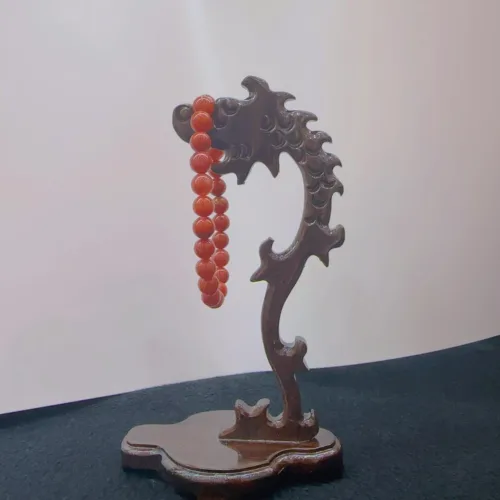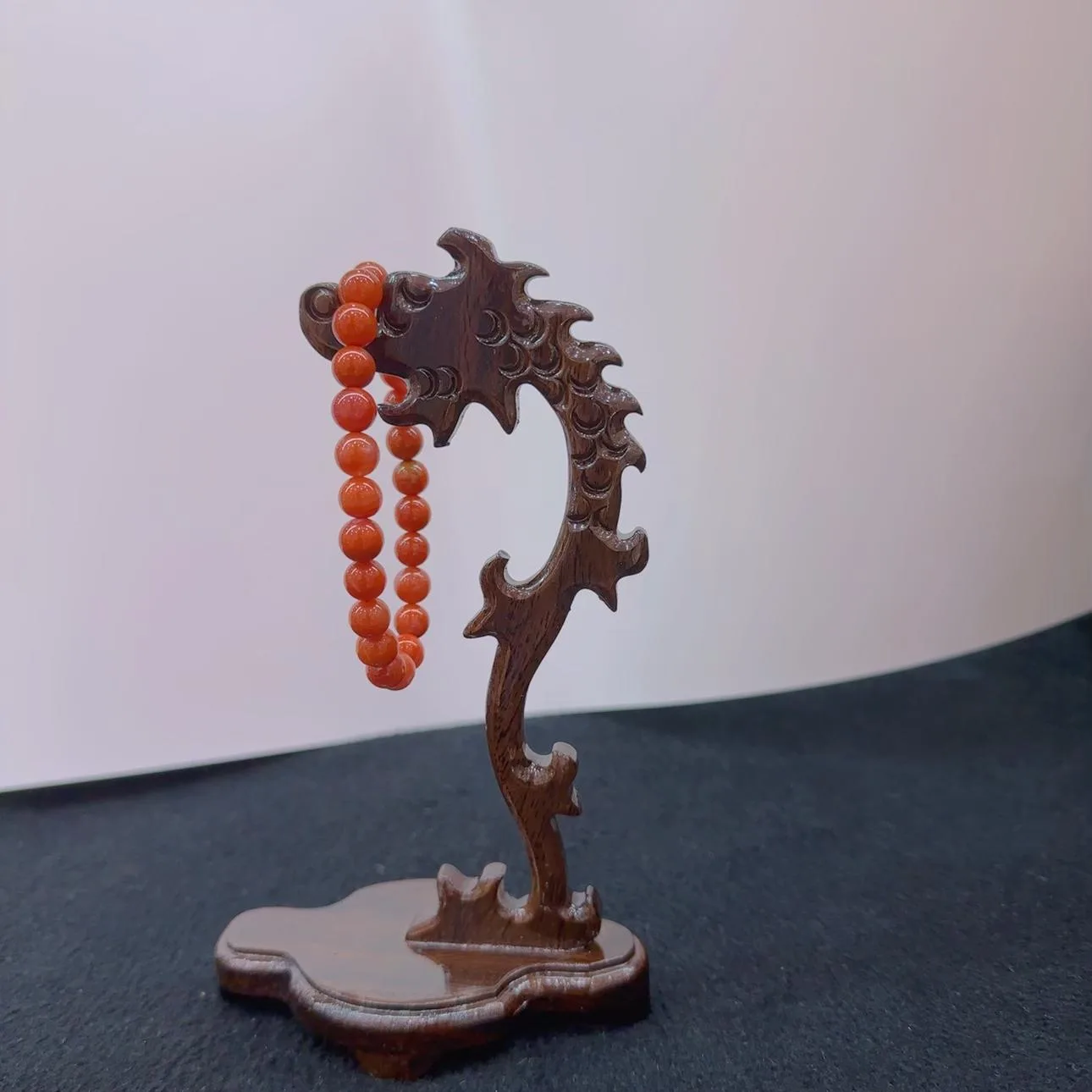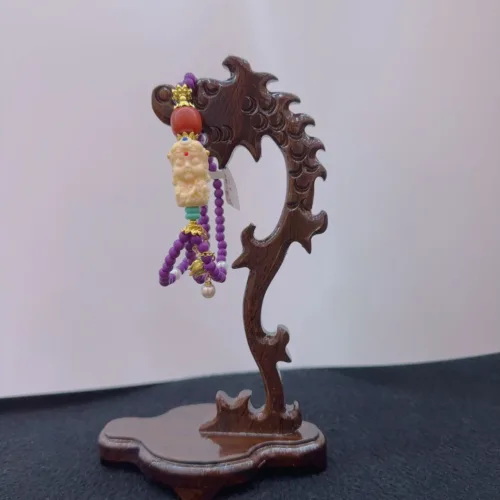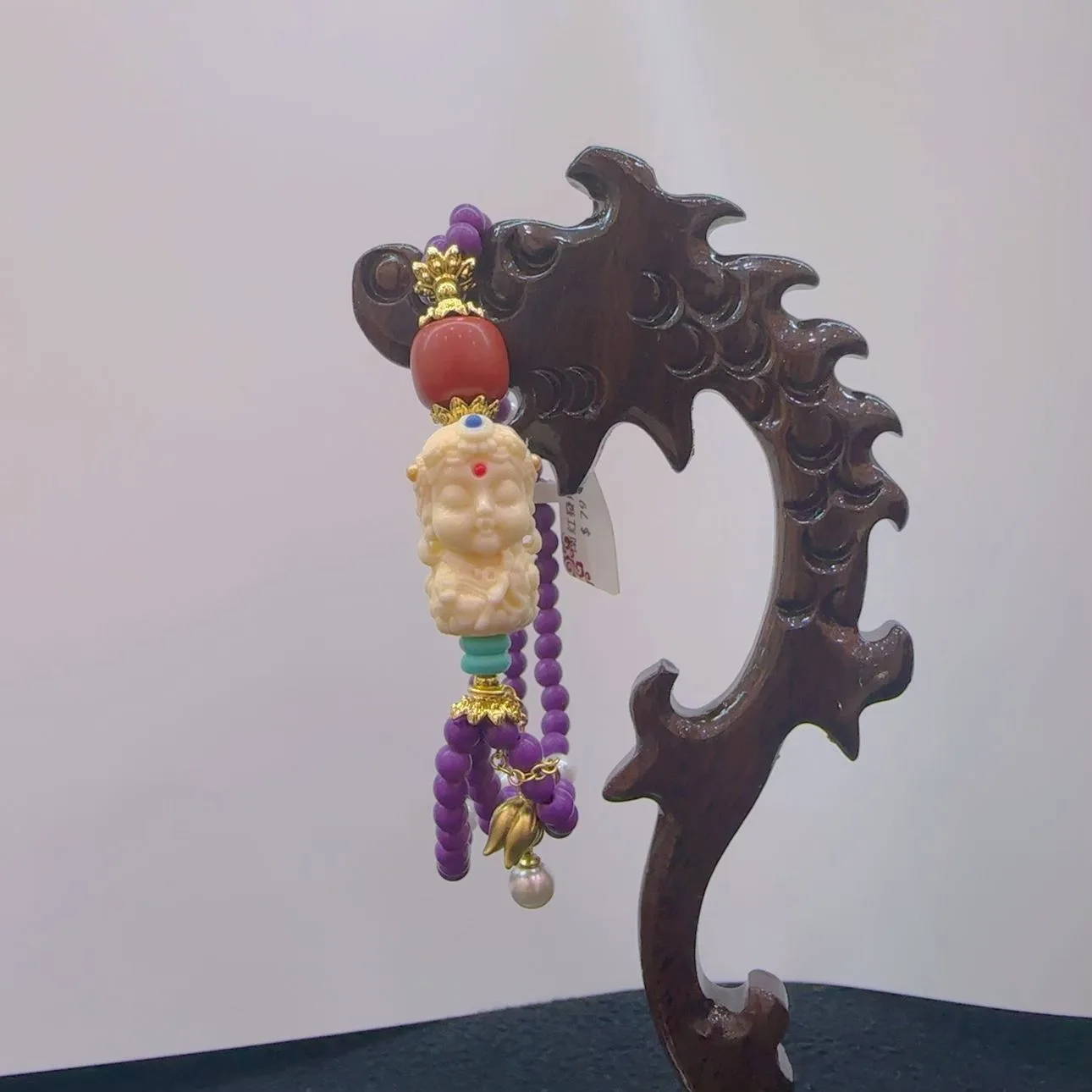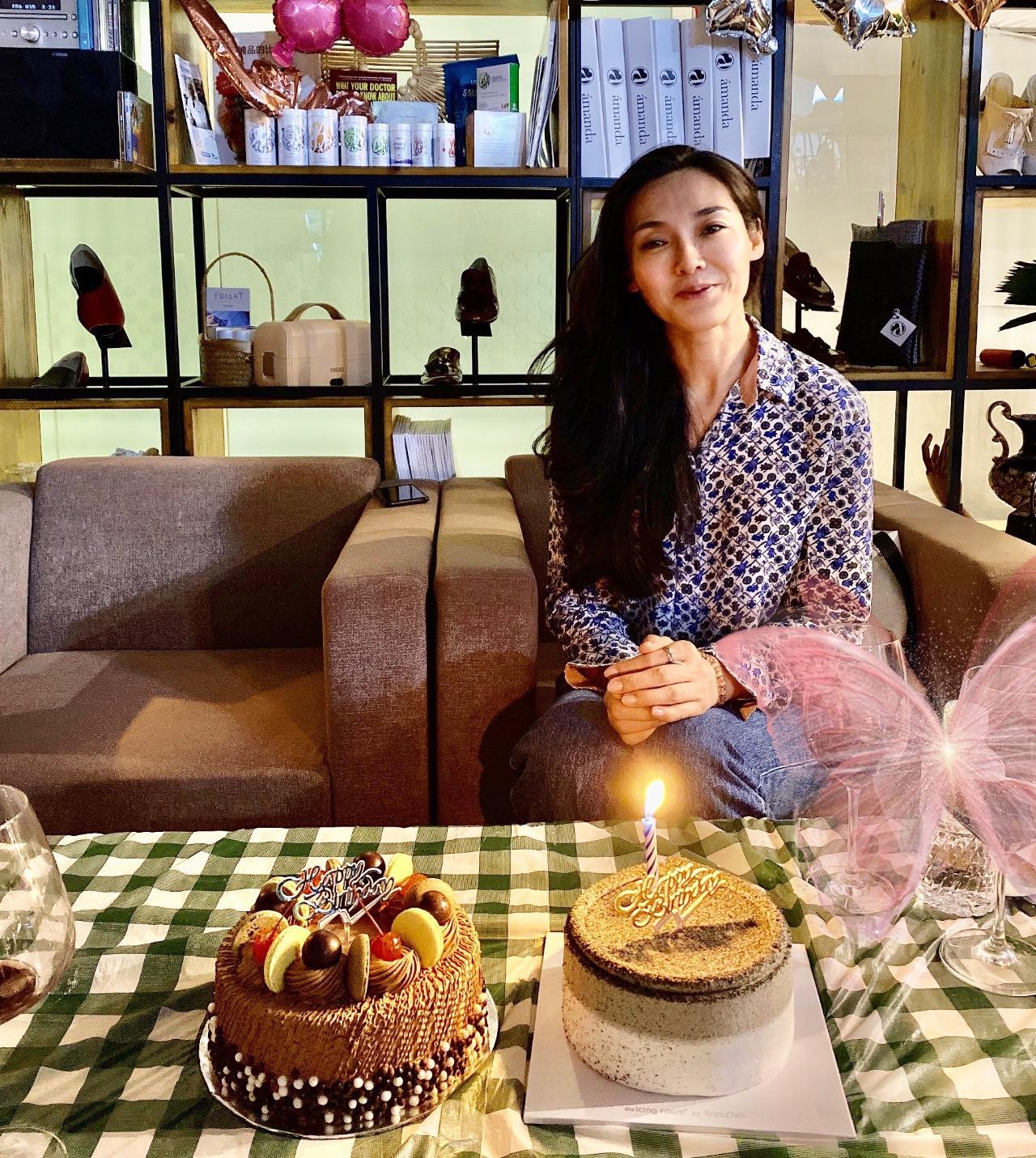-
Call Now +65 9127 0718
-
Any Questions baoxiangrui.sg@gmail.com
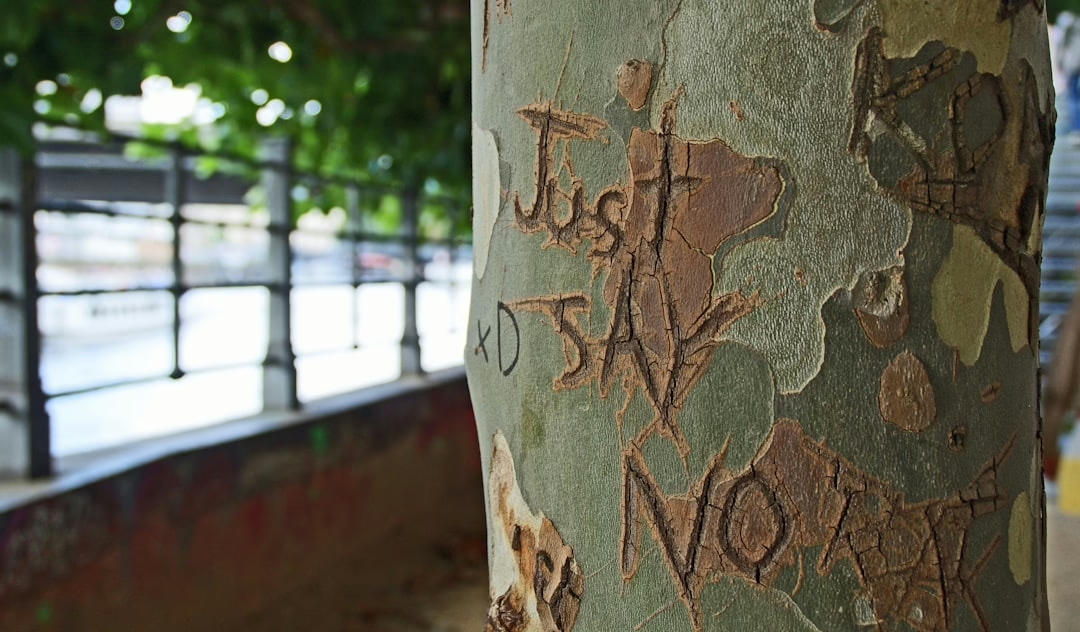
Exploring the Art of Jade Carving in Singapore
The history of jade carving in Singapore is a rich tapestry woven from the threads of cultural exchange and artistic evolution. The practice can be traced back to the early Chinese immigrants who arrived in Singapore during the 19th century, bringing with them their traditions, beliefs, and craftsmanship. These artisans were primarily from southern China, particularly from regions like Guangdong and Fujian, where jade carving had already established a significant foothold.
As they settled in Singapore, they began to adapt their skills to the local context, creating pieces that reflected both their heritage and the influences of their new environment. In the early days, jade was primarily used for religious and ceremonial purposes. The Chinese community revered jade for its supposed protective qualities and its association with virtue and purity.
Artisans crafted intricate amulets, pendants, and figurines that were not only aesthetically pleasing but also imbued with spiritual significance. Over time, as Singapore evolved into a bustling trade hub, the demand for jade artifacts grew. This led to the establishment of workshops and galleries dedicated to jade carving, where artisans honed their skills and passed down their knowledge through generations.
The fusion of traditional techniques with contemporary styles began to emerge, marking a significant evolution in the art form.
Key Takeaways
- Jade carving in Singapore has a rich history dating back to ancient civilizations, with evidence of jade artifacts found in archaeological sites.
- Jade holds significant cultural and spiritual value in Singapore, symbolizing purity, longevity, and prosperity, and is often used in traditional ceremonies and rituals.
- The process of jade carving involves intricate craftsmanship, with skilled artisans using specialized tools to shape and polish the stone into exquisite sculptures and jewelry.
- Different types of jade, such as nephrite and jadeite, are used in carving, each with unique colors and properties that influence the final artwork.
- Jade carving continues to play a prominent role in contemporary Singaporean art, blending traditional techniques with modern artistic expressions and contributing to the country’s vibrant art scene.
The Significance of Jade in Singaporean Culture
Jade holds a prominent place in Singaporean culture, symbolizing not only beauty but also prosperity, protection, and longevity. For many in the Chinese community, jade is more than just a precious stone; it is a conduit for good fortune and a means of connecting with ancestral heritage. The belief in jade’s protective qualities is deeply rooted in Chinese mythology, where it is often associated with deities and auspiciousness.
In Singapore, this reverence manifests in various cultural practices, such as gifting jade jewelry during significant life events like weddings or births, where it is believed to bestow blessings upon the recipient. Moreover, jade’s significance extends beyond personal beliefs; it plays a vital role in communal identity. Festivals and cultural events often feature jade as a central theme, showcasing its importance in traditional rituals and celebrations.
For instance, during the Lunar New Year, jade ornaments are commonly displayed as symbols of wealth and good luck. The stone’s vibrant green hues are thought to attract positive energy, making it a popular choice for decorations and gifts during this auspicious time. This cultural significance has helped to preserve the art of jade carving in Singapore, ensuring that it remains an integral part of the nation’s artistic heritage.
The Process of Jade Carving
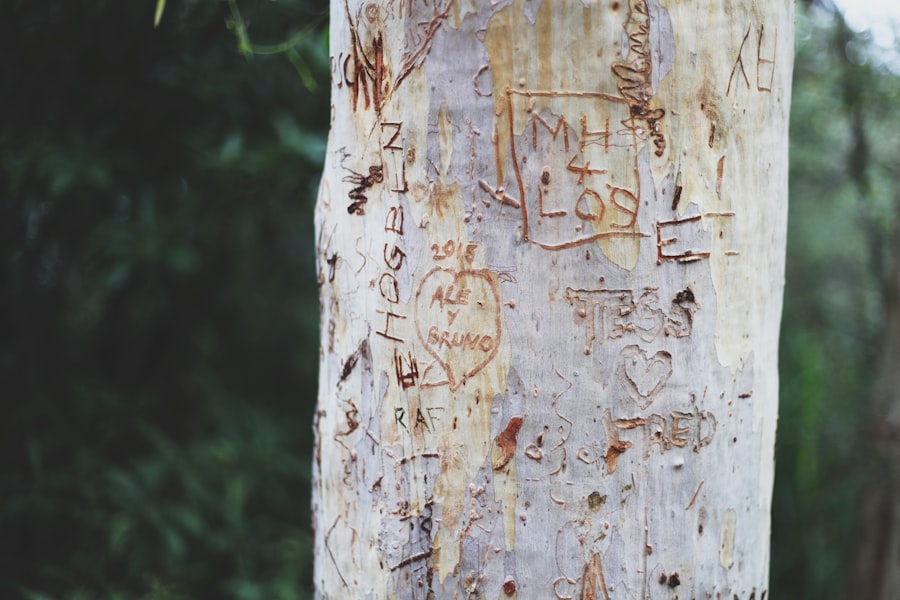
The process of jade carving is an intricate art that requires not only technical skill but also a deep understanding of the material itself. Jade is a tough stone, primarily composed of nephrite or jadeite, which makes it challenging to work with. Artisans typically begin by selecting high-quality jade stones, assessing their color, texture, and translucency.
The choice of stone is crucial as it determines the final appearance of the carved piece. Once a suitable stone is selected, the artisan sketches a design that reflects both traditional motifs and contemporary aesthetics. The actual carving process involves several stages, starting with rough shaping using diamond-tipped tools or saws to remove excess material.
This initial phase is labor-intensive and requires precision to avoid damaging the stone. After achieving the desired shape, artisans move on to finer detailing using smaller tools to create intricate patterns and designs. Polishing is the final step, where various grades of abrasives are used to enhance the stone’s natural luster.
This meticulous process can take days or even weeks, depending on the complexity of the design and the size of the piece. Each stage demands patience and expertise, reflecting the artisan’s dedication to preserving the integrity of the jade while bringing their creative vision to life.
The Different Types of Jade Used in Carving
| Type of Jade | Color | Hardness | Transparency |
|---|---|---|---|
| Nephrite | Various shades of green, white, brown, black | 6.0 – 6.5 on Mohs scale | Opaque to translucent |
| Jadeite | Green, lavender, red, yellow, white, black | 6.5 – 7.0 on Mohs scale | Translucent to semi-translucent |
In jade carving, two primary types of jade are commonly used: nephrite and jadeite. Nephrite is often found in shades of green, gray, or white and has been historically favored by Chinese artisans due to its availability and workability. It possesses a smooth texture and a waxy luster that enhances its appeal when carved into intricate designs.
Nephrite’s durability makes it suitable for both small decorative items and larger sculptures, allowing artisans to explore various forms and styles. On the other hand, jadeite is rarer and more valuable than nephrite. It comes in a wider range of colors, including vibrant greens, lavenders, yellows, and even blacks.
The most prized variety of jadeite is known as “Imperial Jade,” characterized by its intense green color and translucency. This type of jade is often used for high-end jewelry pieces and luxury items due to its aesthetic appeal and rarity. The choice between nephrite and jadeite often depends on the intended use of the carved piece as well as the artisan’s personal preference.
Each type offers unique characteristics that influence both the carving process and the final outcome.
The Role of Jade Carving in Contemporary Singaporean Art
In contemporary Singaporean art, jade carving has evolved from its traditional roots into a dynamic medium that reflects modern sensibilities while honoring age-old techniques. Artists today are experimenting with jade in innovative ways, incorporating contemporary themes and styles into their work. This fusion of tradition and modernity has led to a resurgence of interest in jade carving among younger generations of artists who seek to redefine its place within Singapore’s artistic landscape.
Exhibitions showcasing contemporary jade carvings often highlight this blend of old and new. Artists may draw inspiration from urban life or social issues while utilizing traditional carving techniques to create pieces that resonate with today’s audience. For instance, some artists have begun to incorporate mixed media elements into their jade works, combining stone with materials like metal or glass to create striking contrasts that challenge conventional perceptions of jade as merely a traditional craft.
This evolution not only revitalizes interest in jade carving but also positions it as a relevant form of artistic expression within Singapore’s diverse art scene.
The Impact of Jade Carving on Singapore’s Art Scene

The impact of jade carving on Singapore’s art scene extends beyond individual artists; it has fostered a broader appreciation for traditional crafts within contemporary contexts. As more artists embrace jade carving as a legitimate medium for artistic expression, galleries and institutions have begun to recognize its significance by featuring exhibitions dedicated to this art form. These exhibitions serve not only to showcase the skill involved in jade carving but also to educate audiences about its cultural heritage and relevance in today’s society.
Furthermore, collaborations between jade artisans and contemporary artists have emerged as a powerful way to bridge generational gaps within the art community. Such partnerships allow for knowledge exchange and experimentation with new techniques while preserving traditional practices. Workshops and demonstrations organized by local art institutions have also played a crucial role in promoting jade carving as an accessible art form for aspiring artists and enthusiasts alike.
By fostering an environment where traditional craftsmanship meets contemporary creativity, Singapore’s art scene continues to thrive while honoring its rich cultural heritage.
Where to Experience and Learn about Jade Carving in Singapore
For those interested in experiencing jade carving firsthand or learning about its intricacies, Singapore offers several avenues for exploration. One notable destination is the Chinatown district, where numerous shops specialize in jade artifacts ranging from jewelry to decorative pieces. These shops often feature skilled artisans at work, providing visitors with an opportunity to witness the carving process up close.
Engaging with these artisans can offer valuable insights into their techniques and inspirations while fostering an appreciation for this ancient craft. Additionally, various cultural institutions and art schools in Singapore offer workshops focused on jade carving techniques. These workshops cater to different skill levels, allowing participants to explore their creativity while learning from experienced artisans.
Institutions like the National Gallery Singapore occasionally host exhibitions that delve into the history and significance of jade carving within Singaporean culture, providing context for those interested in understanding its broader implications. Such experiences not only enrich one’s knowledge but also contribute to preserving this unique art form for future generations.
The Future of Jade Carving in Singapore’s Artistic Landscape
As Singapore continues to evolve as a global arts hub, the future of jade carving appears promising yet challenging. The increasing interest among younger artists suggests that this ancient craft will not only survive but thrive as it adapts to contemporary trends and sensibilities. However, maintaining traditional techniques while embracing innovation will be crucial for ensuring that jade carving remains relevant in an ever-changing artistic landscape.
Moreover, initiatives aimed at promoting cultural heritage through education will play a vital role in sustaining interest in jade carving among future generations. By integrating jade carving into school curricula or community programs focused on traditional crafts, there is potential for cultivating a new wave of artisans who appreciate both the historical significance and artistic possibilities inherent in this medium. As long as there is a commitment to preserving craftsmanship while encouraging creative exploration, jade carving will undoubtedly continue to hold a cherished place within Singapore’s vibrant artistic tapestry.
If you are interested in learning more about the art of jade carving in Singapore, you may want to check out this article on Bao Xiang Rui. This blog offers insights into the history and techniques of jade carving, as well as showcasing some stunning examples of jade artwork. It is a great resource for anyone looking to deepen their understanding of this traditional craft and its significance in Singaporean culture.
